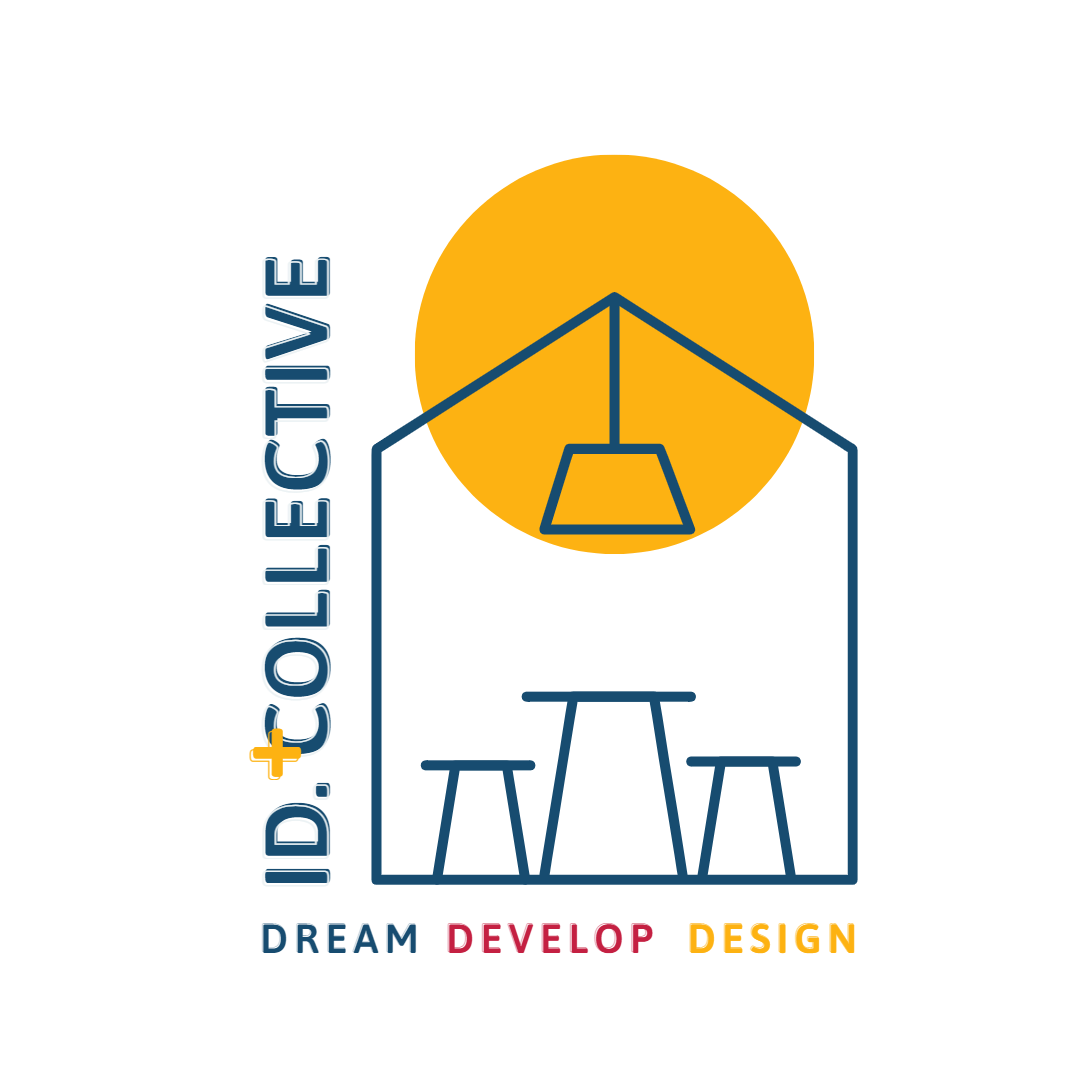How to think about your project Budget…
Budgets may not be the sexiest subject for many people, but in our world they are the must have for every project and we don’t take any next steps without them.
A thought out budget will help guide your project, when you’re making decisions on the who, the what and the when from start to finish. This blog is here to help you get your head thinking all things budget and planning. If you are a small- medium business or a residential home owner these tips will help.
If you start early and understand the levers at your disposal, budgeting will be less stressful and you’ll better understand where your money is going.
Have a plan
Have a plan. A written plan. In order for this budgeting method to be successful you need to have a written plan. Again, you will save money (and time) by taking the time up front to write out specifically what you want. Do it right the first time and only spend the money once. To many times we see small businesses cutting corners just to get their doors open and because they didn’t invest the money where it needed to be spent, they ended up spend twice on the same item in less than 3 years.
Create cost buckets
At the outset, identify all of your potential costs, assign each a value and update them as you learn more. Construction and finishes might be the largest pieces, but there will be many others such as permits, consultants and designers, just to name a few. Your want to prioritize your cost buckets by phases and by design intent.
Define the project scope
Can you update the bathroom using the existing floor plans, or will you need to move water lines? Be honest about what you are, and what you are not, trying to accomplish, and make sure that is reflected in your budget. In other words, plan ahead for the big cost items. this will help avoid the surprises down the road.
Localize and adjust for preferences
TV shows distort how much things cost. What you spend will be influenced by your neighborhood, type of project, and level of finishes. If you have to have that beautiful range that costs as much as a luxury car, don't budget for the off-brand generic range. Plan and you’ll find yourself spending less.
Get a professional opinion
Having clarity around your vision and project scope will inform much better budget discussions. Some professionals charge for initial consultations, so you'll want to make the most of this time by coming prepared with planning materials and your early estimated budget range. As design professionals we don’t start work, or even give a proposal until our clients are clear on their budget.
Always include a 10-20% buffer
You don't have to spend this contingency, but unexpected surprises are inevitable. If you don't end up using it, consider it found money that you can save. It's a great way to feel good about staying on track, being prepared, and coming in under budget.
Late Winter and early Spring is the a very busy time for trades people and design professionals. Many people are planning on expansions, remodels and new builds. Don’t wait till Spring to start planning, you’ll find it hard to find the professionals you need available and you’ll be waiting till next year to get started.
If your ready to start the talk and want support as you plan, schedule your discovery call with ID. +Collective today, the first 30 minutes are on us.


